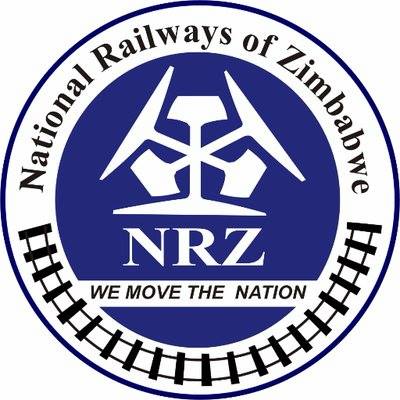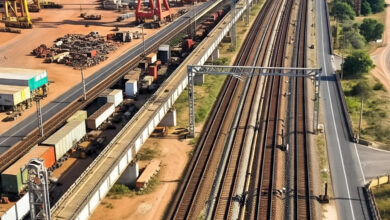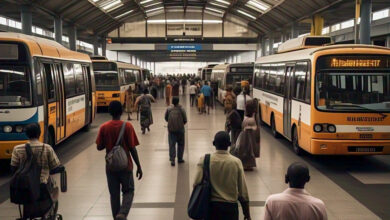Revitalising Zimbabwe’s Rail Network: A Path to Economic Growth and Development

Unlocking the Potential of Revitalisation
Revitalising Zimbabwe’s Rail network is vital for economic growth and development. The rail network, once a thriving backbone of the country’s economy, has been facing significant challenges in recent years. Decades of underinvestment, lack of maintenance and outdated infrastructure have taken a toll on the network. Therefore, resulting in reduced capacity, inefficiencies and a suspension in passenger and decline in freight volumes. However, efforts are underway to revitalise the network. This article will explore the current state of Zimbabwe’s rail network and the opportunities for revitalisation.
The Current State of Zimbabwe’s Rail Network
The National Railways of Zimbabwe (NRZ) is the state-owned entity responsible for managing the country’s rail network. The NRZ is facing significant challenges, including suspension of passenger trains and a decline of freight volumes. Also, there is inadequate infrastructure and a lack of investment. Furthermore, the NRZ’s infrastructure is outdated, with most of the network’s locomotives and wagons being over 40 years old.
Opportunities for Revitalising Zimbabwe’s Rail Network
Furthermore, despite the challenges facing the NRZ, there are opportunities for revitalising the network. One of the key opportunities is the rehabilitation of the existing infrastructure. According to an article by the Zimbabwe Independent, the government has secured funding from the African Development Bank (AfDB) to rehabilitate the rail network. The rehabilitation project aims to upgrade the rail network’s infrastructure, including the replacement of outdated locomotives and wagons.
Additionally, another opportunity for this revitalisation is the development of new rail links. The government is planning to develop a new rail link between Zimbabwe and Mozambique. The new rail link aims to improve trade between the two countries and increase Zimbabwe’s access to international markets.
The Role of Private Sector Investment in Revitalising Zimbabwe’s Rail Network
Private sector investment will play a crucial role in revitalising Zimbabwe’s rail network. Private sector investment can bring in much-needed funding, expertise and technology to upgrade the rail network’s infrastructure. Furthermore, the private sector investment can help improve the efficiency and productivity of the rail network.
The Impact of Revitalising Zimbabwe’s Rail Network on the Economy
Also, it will have a significant impact on the economy. A well-functioning rail network can increase economic growth, reduce poverty and improve living standards. This is due to an improvement of trade and job creation. Furthermore, a revitalised rail network can improve competitiveness and attract foreign investment.
Conclusion
In conclusion, revitalising Zimbabwe’s rail network is critical for the country’s economic growth and development. The current state of the network is a major concern, but there are opportunities for revitalisation. The rehabilitation of existing infrastructure, the development of new rail links and private sector investment will all play a crucial role in the nation’s economic growth. The revitalisation is a key priority for the government. According to the Mutapa Investment Fund, NRZ as one of the nation’s transport providers plays “a vital role in the movement of goods and passengers, ensuring that the economy remains globally connected and efficient.”





